Description
Chestnut paling fencing is used to create a traditional paling fence, dividing sections of the garden or fixing to permanent posts to soften the appearance of your boundary. The paling is joined through 2 x Horizontal galvanised line wires, spaced approximately 75-110mm apart. Each pale features weathered tips on one end and a flat end on the other to give a choice of appearance. Chestnut paling is a maintenance free and beautiful rustic fence to look at.
Could be used for applications such as:
- The demarcation of a boundary
- Highway fencing
- Fencing for livestock
- Permanent or temporary fencing on a site
- An emergency cordon
- Retainer for erosion prevention (soil and beaches)
- Fencing for events – crowd control
Chestnut Paling from the UK
Our chestnut paling fencing is strong, durable and aesthetically pleasing. Sweet chestnut is a hardwood which weathers beautifully over time to blend in perfectly in a natural environment. It has been sustainably sourced throughout, mainly, the South east of England. The processes of harvesting and maintaining the coppices has hardly changed for centuries, the same or similar process has been going on since medieval times. The timber enjoys an average 14-year life cycle from planting to cutting, whilst providing a healthy eco system within the local habitat as well as providing a living for local traders.
Manufacturing Chestnut Paling Fencing Rolls
During the hand riven** manufacturing process the pales have their bark stripped off, and are pointed one end (flat point, not sharp) Once the pales are formed by a skilled craftsman, 1.9mm galvanised wire is then twisted around and between the pales to secure them together, around 6 inches from both the top and bottom of the paling rolls.
Riven Wood
**Hand Riven wood refers to the ancient technique where, instead of sawing, the timber is split carefully along its natural grain by a skilled craftsman, using a tool like a splitting maul, cleaving axe or hammer and splitting wedge.
Note from manufacturer:
”Chestnut pale fencing meets the requirements of the Health & Safety Executive for safety fencing (BS1722:4). Unlike plastic or steel systems, chestnut fencing is made from a natural and sustainable resource that is sourced locally as a controlled timber under FSC/PEFC.”

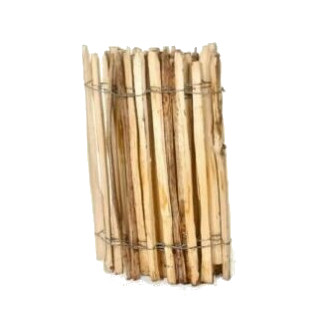
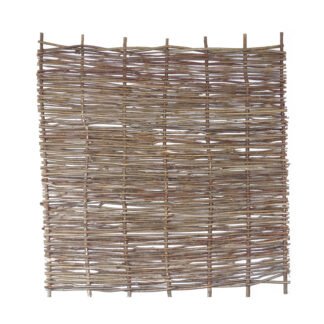
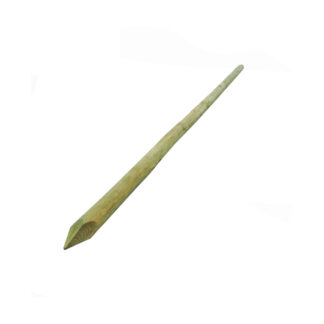
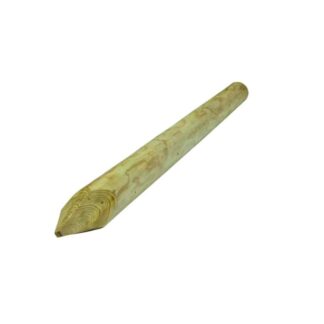
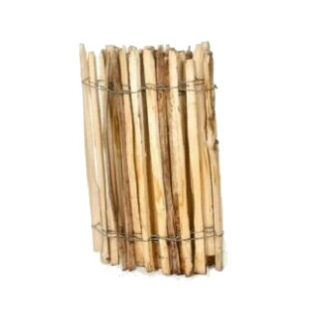
Reviews
There are no reviews yet.